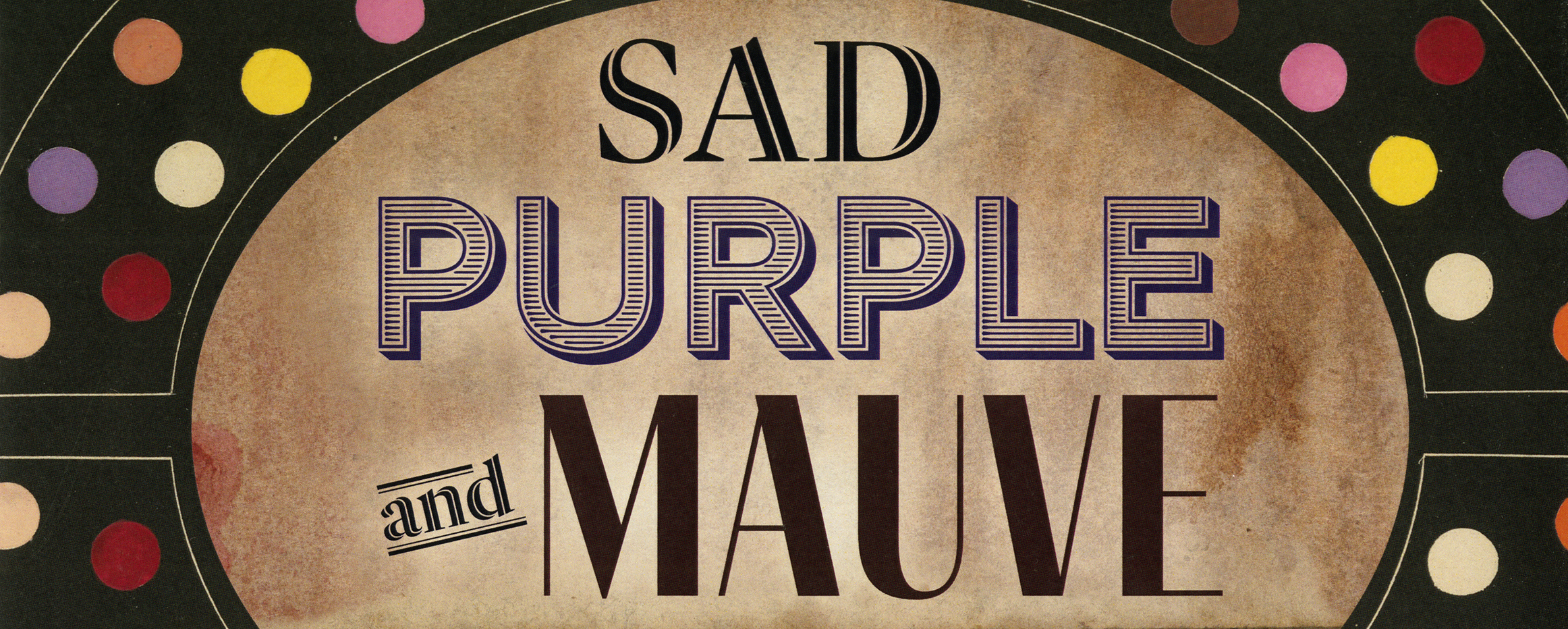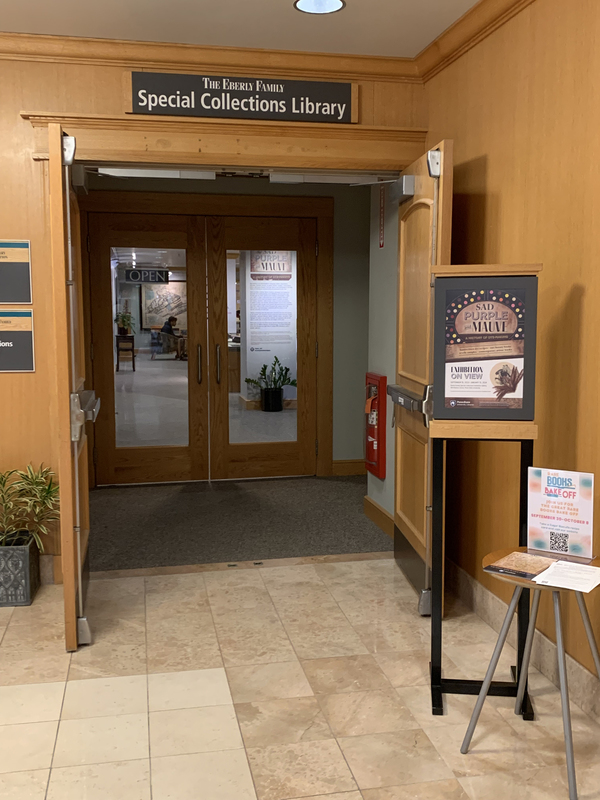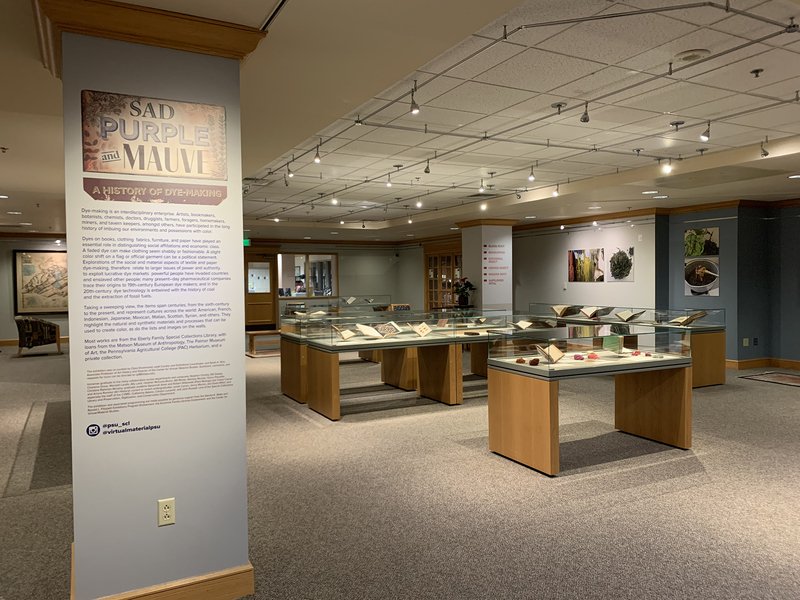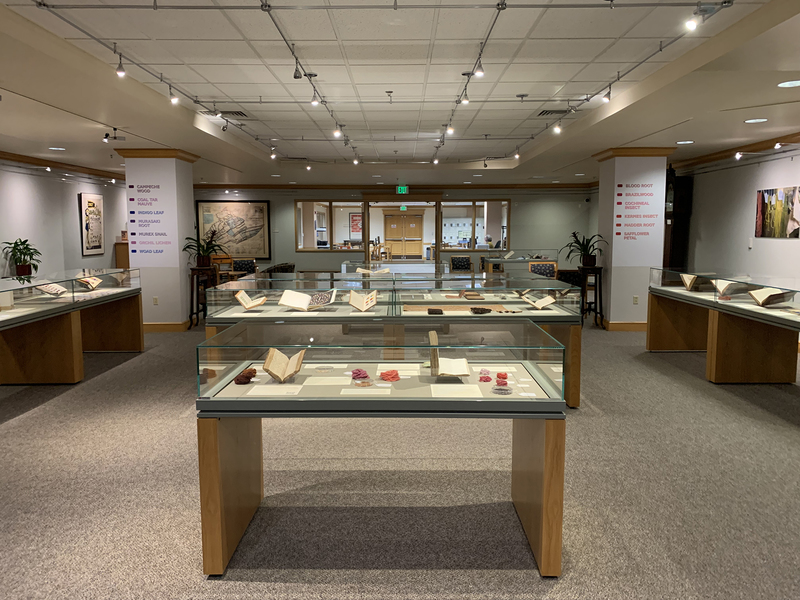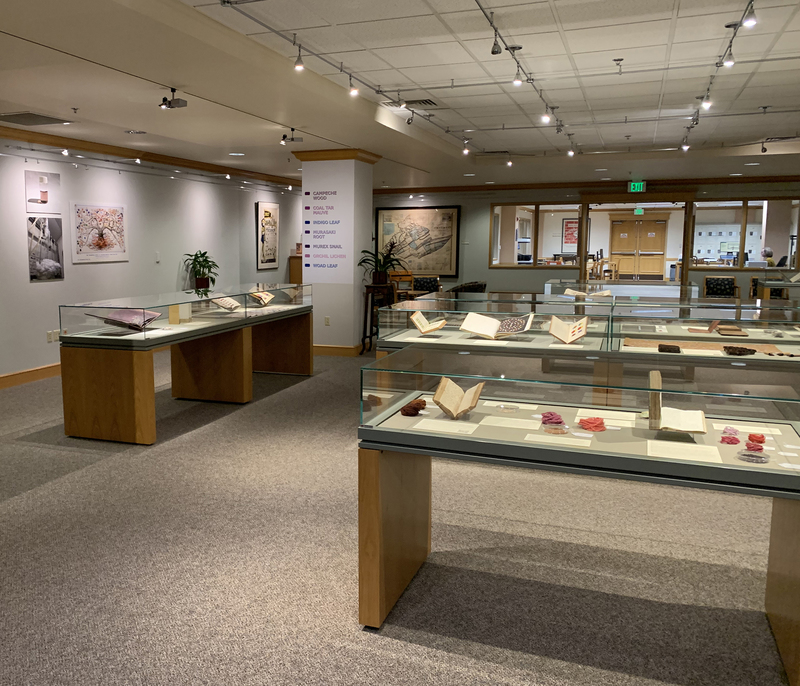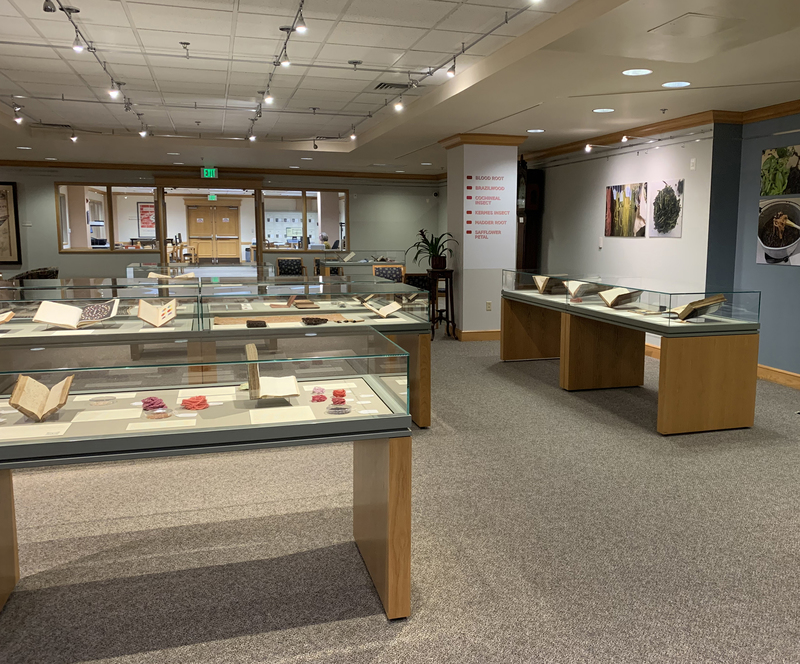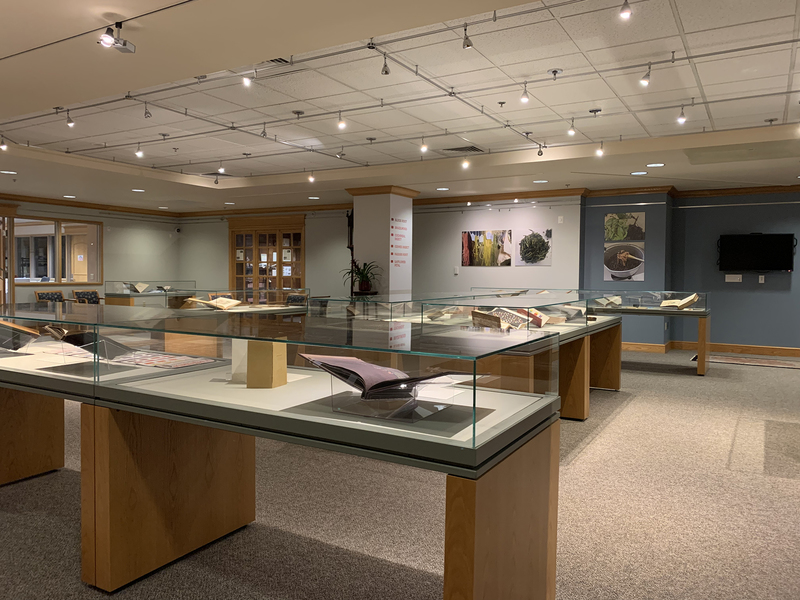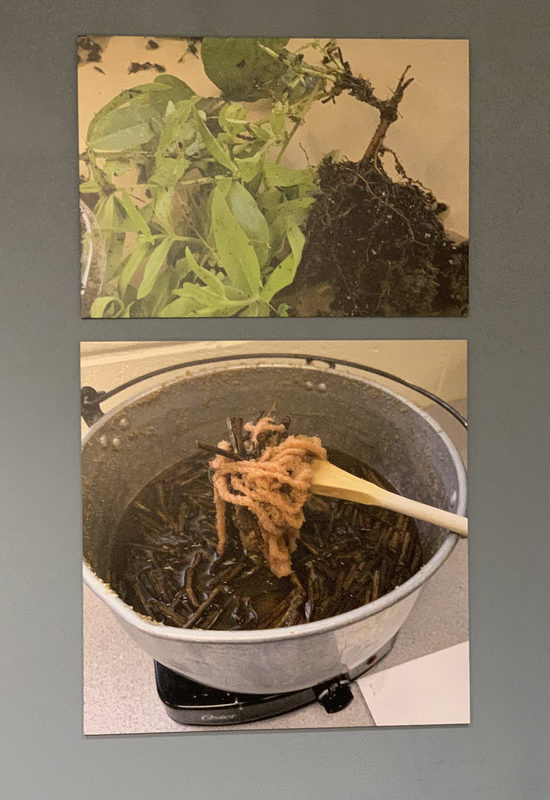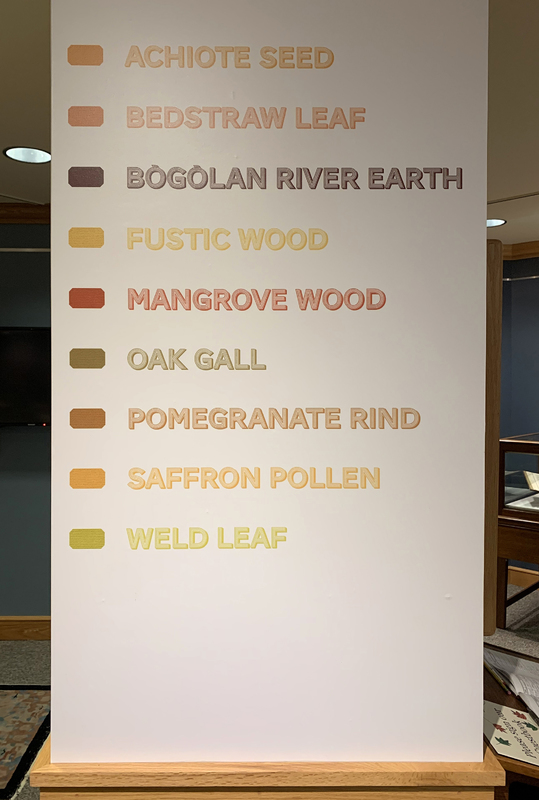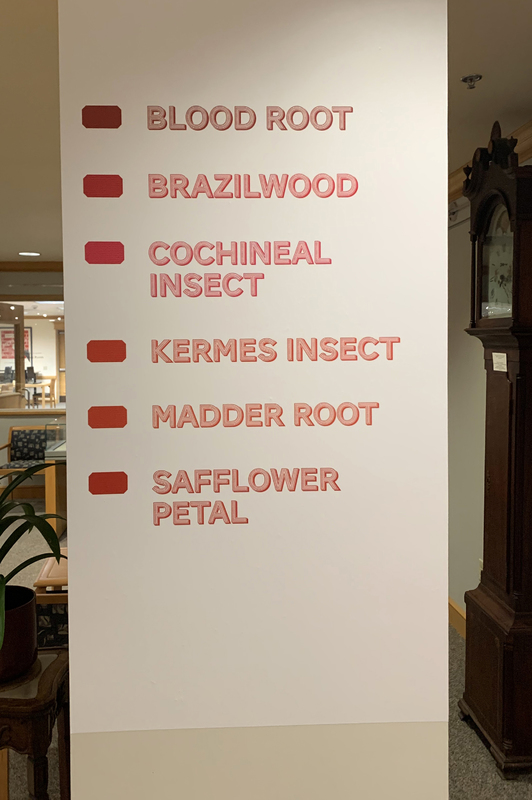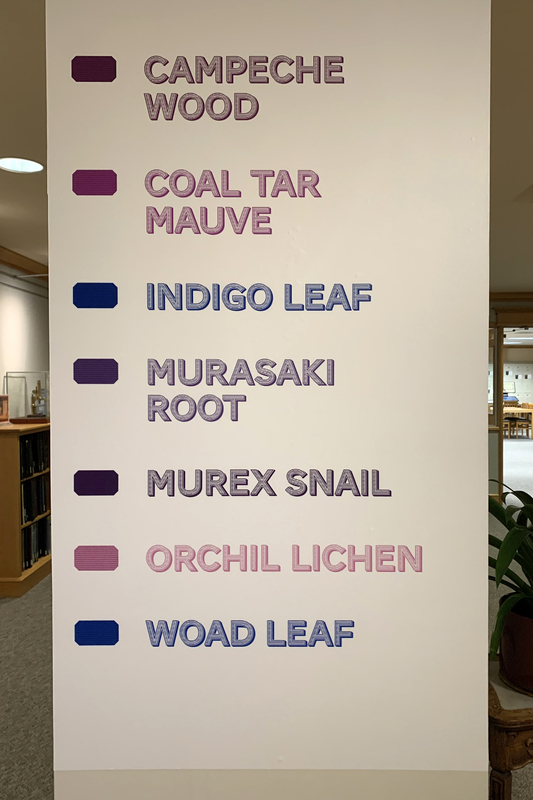Sad Purple and Mauve: A History of Dye-Making
September 15, 2023-January 15, 2024
Eberly Family Special Collections Exhibition Gallery
Dye-making is an interdisciplinary enterprise. Artists, bookmakers, botanists, chemists, doctors, druggists, farmers, foragers, homemakers, miners, tavern keepers, and weavers, amongst others, have participated in the long history of imbuing our environments and possessions with color.
Dyes on books, clothing, fabrics, furniture, and paper have played an essential role in distinguishing social affiliations and economic class. A faded dye can make clothing seem shabby or fashionable. A slight color shift on a flag or official garment can be a political statement. Explorations of the social and material aspects of textile and paper dye-making, therefore, relate to larger questions of power and authority: to exploit lucrative dye markets, people have invaded countries and enslaved people; many present–day pharmaceutical companies first began as dye companies; and modern dye technology is entwined with the history of coal and other fossil fuels.
Taking a sweeping view, the items span centuries, from the 6th-century to the present, and represent cultures across the world: American, French, Indonesian, Japanese, Mexican, Malian, Scottish, Syrian, and others. They highlight the natural and synthetic materials and processes that can be used to create color, as do the lists and images on the walls.
Most works are from the Eberly Family Special Collections Library, with loans from the Matson Museum of Anthropology, The Palmer Museum of Art, and a private collection.
Read the University Libraries press release "Libraries Opens Collaborative Exhibition"
